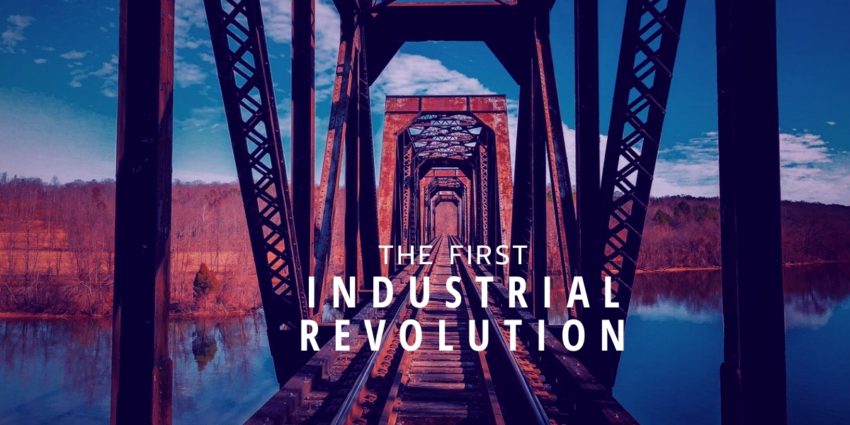I remember learning about THE Industrial Revolution in grade school… And in the last year have read many articles detailing disruption and innovation occurring right now… But I embarrassed to say that I honestly can’t tell you what happened during what revolution, why it was important, or what was revolutionized, innovated, and disrupted.
- When did the revolutions occur?
- How did they affect people?
- What new industries arose?
- Who made money during those times and how?
- Who were the big players?
The First Industrial Revolution
- THE Industrial Revolution
- Allowed for society to expand
- Occurred during the late 18th to early 19th century
- Mechanization a major theme
- New forms of manufacturing activities emerged
- Industrial cities of various specialized functions arose
- Steel
- Textiles
- Tools
- Substitution
- For the first time some animal and human labor was substituted by mechanical labor
- Steam power
- Spinning Jenny
- Cotton gin
Who got rich?
Andrew Carnegie (1835-1919)
- Born in Scotland to poor parents
- Became wealthy in America through domination of the US steel industry
- Carnegie started work as a telegrapher and by the 1860s had investments in railroads, railroad sleeping cars, bridges and oil derricks
- He accumulated further wealth as a bond salesman raising money for American enterprise in Europe
- He built Pittsburgh’s Carnegie Steel Company, which he sold to J.P. Morgan in 1901 for $480 million (2015 per share of GDP, $370 billion), creating the U.S. Steel Corporation
- By the end of his life gave around 90% of his wealth to charities, foundations. and universities
- Built Carnegie Hall
John D Rockefeller (1839-1937)
- Became one of the richest people in the world through dominance of the oil and railroad industries
- In 1870 he co-founded the Standard Oil Company, which was the first great U.S. business trust
- Rockefeller revolutionized the petroleum industry
- As kerosene and gasoline grew in importance, Rockefeller’s wealth soared and he became the world’s richest man and the first American worth more than a billion dollars
- Controlled 90% of all oil in the United States at his peak
- Defined the structure of modern philanthropy, giving money to Churches, Education, Medical Science and Public Health
- At his death, his fortune accounted for more than 1.5% of the national economy, making him the richest person in US history
- Rockefeller was also considered a supporter of capitalism based on a perspective of social darwinism, and is often quoted as saying: “The growth of a large business is merely a survival of the fittest”
Short History Lesson
An early landmark moment in the Industrial Revolution
- Came near the end of the eighteenth century, when Samuel Slater brought new manufacturing technologies from Britain to the United States and founded the first U.S. cotton mill in Beverly, Massachusetts
- Slater’s mill, like many of the mills and factories that sprang up in the next few decades, was powered by water, which confined industrial development to the northeast at first
- The concentration of industry in the Northeast also facilitated the development of transportation systems such as railroads and canals, which encouraged commerce and trade
Before the Civil War
The technological innovation that would come to mark the United States in the nineteenth century began to show itself with inventions such as…
- Robert Fulton’s establishment of steamboat service on the Hudson River
- Samuel F. B. Morse’s invention of the telegraph
- The Flying Shuttle
- The Mule
- The Weaving Loom
- The Steam Engine
- Steel
- Railroads
- Steamships
Following the Civil War
- Industrialization in the United States increased at a breakneck pace
- This period, encompassing most of the second half of the nineteenth century, has been called the Second Industrial Revolution or the American Industrial Revolution

1 thought on “The First Industrial Revolution”
Comments are closed.